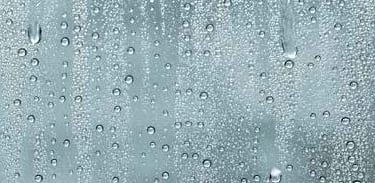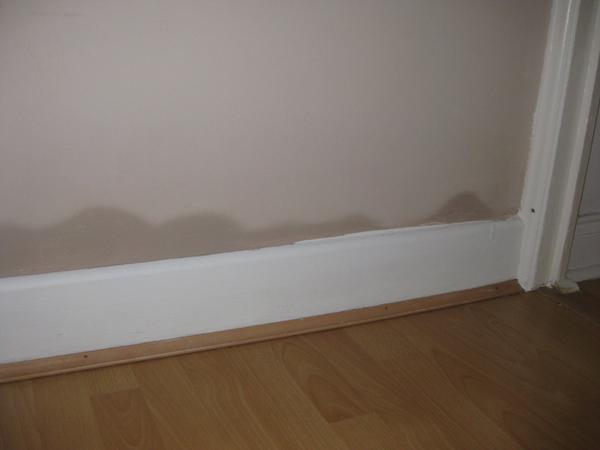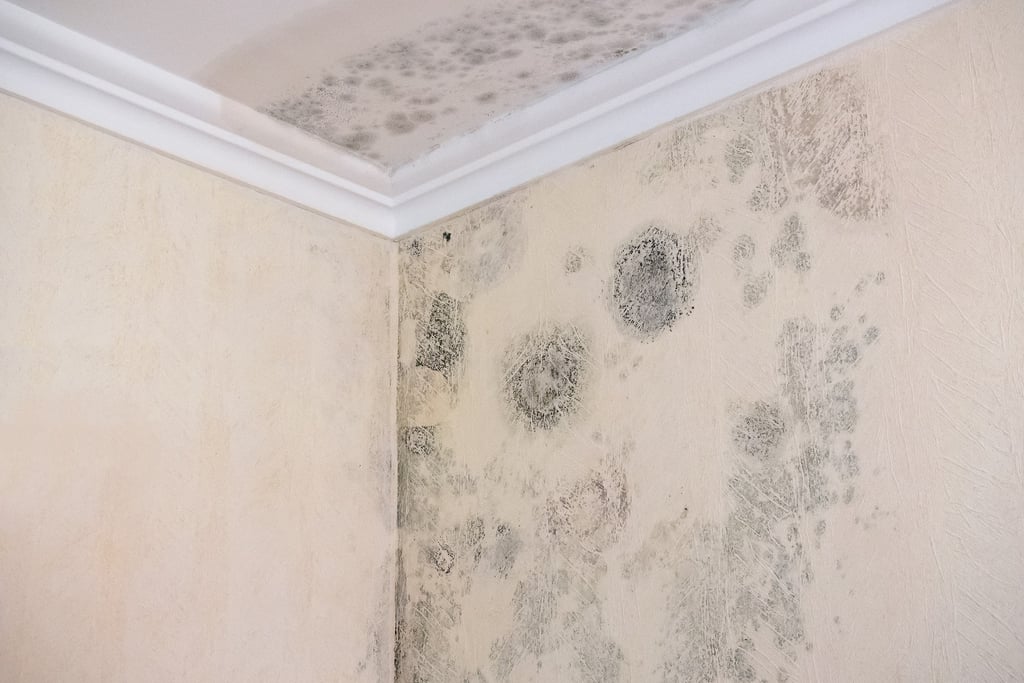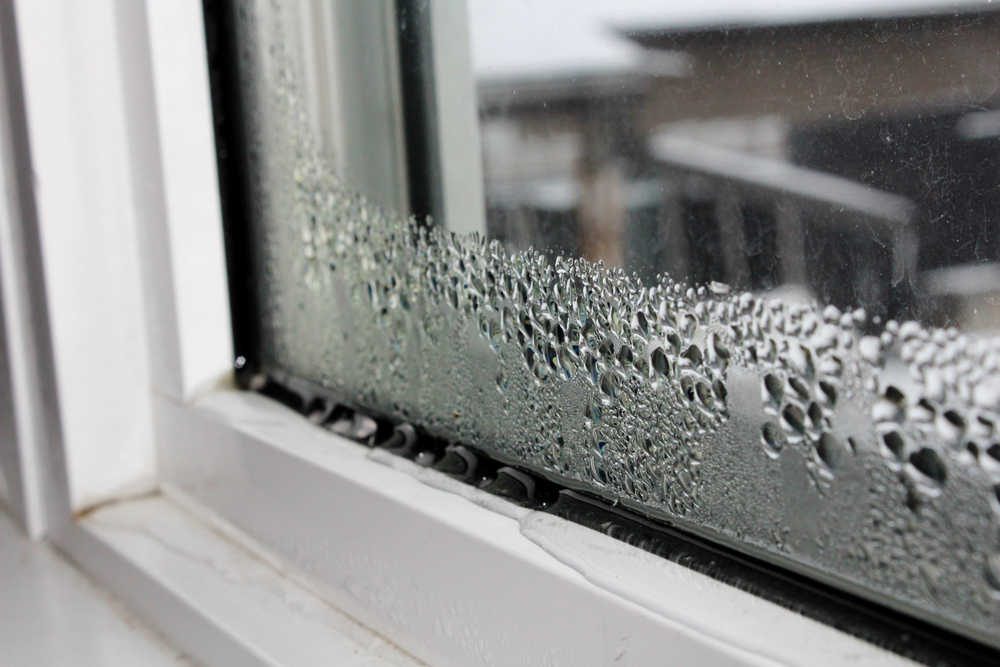
Types of damp inside a house
The term "damp" inside a house refers to the presence of excess moisture, which can cause various problems such as structural damage, mold growth, and an unhealthy living environment. There are three main types of damp commonly found in homes:
DAMP
12/3/20242 min read


1. Rising Damp
Moisture from the ground rises through the walls and floors due to capillary action. signs of rising damps are:
Tide marks or damp patches on walls (up to about 1 meter high).
Flaking plaster or peeling paint.
Salty deposits on the wall surface.
How to prevent:
Installing a damp-proof course (DPC) or membrane.
Repairing or replacing the DPC if it's damaged.
Ensuring good drainage around the property.


2. Penetrating Damp
Cause: Water enters the building from an external source, such as leaking roofs, damaged gutters, or cracks in walls. Signs of penetrating damp are:
Damp patches on walls or ceilings that grow during rainfall.
Rotting wood (e.g., window frames).
Mold or mildew on affected areas.
How to prevent:
Fixing roof leaks, broken pipes, or damaged brickwork.
Sealing external walls and ensuring proper drainage.


3. Condensation Damp
Cause: Warm, moist air inside the house condenses on cold surfaces like windows, walls, or tiles. Signs of condensation damp are:
Water droplets on windows or walls.
Black mold growth, especially in corners or poorly ventilated areas.
A musty smell in affected areas.
How to prevent:
Improving ventilation (e.g., extractor fans, air bricks, or opening windows).
Using dehumidifiers or ensuring adequate heating.
Insulating cold surfaces to reduce condensation.


Less Common Types:
Salt Damp: Occurs when salts from the ground or water are deposited into the walls, causing flaking and structural damage.
Interstitial Condensation: Happens when water vapor condenses within the layers of a wall, often due to poor insulation or improper building techniques.

